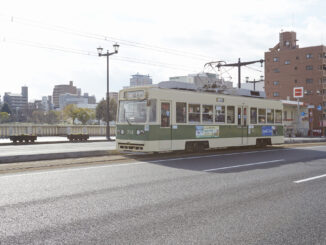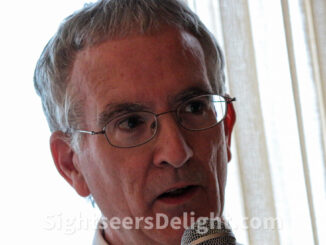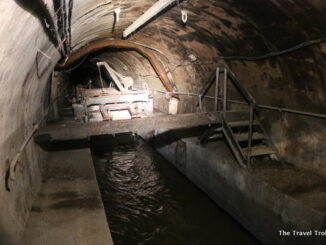TOKYO — As prime minister of Japan, Junichiro Koizumi made a number of official visits to Yasukuni Shrine. After all, the shrine honors those who fought and died for Japan, and what better way for the country’s leader to honor the sacrifices of previous generations?
Simple enough on the surface but consider that more than 1,000 of the nearly 2.5 million souls enshrined here are war criminals and suddenly Yasukuni Shrine becomes one of the more controversial sites in all of Tokyo. Yet, it attracts millions of visitors every year.
Koizumi, who served as Japan’s prime minister from 2001 until 2005, made a total six visits to the shrine. If nothing else, the trips helped chill the country’s relationships with China and South Korea. As a bit of historical context, Japan launched a full invasion of China in 1937; Japan occupied South Korea starting in 1905.
“I don’t go there for the war criminals,” The Washington Post quoted Koizumi saying in 2006. “I go there to mourn the many who made sacrifices.”
“Japan squarely faces these facts of history in a spirit of humility and with a feeling of deep remorse and heartfelt apology always engraved in mind,” Koizumi said in 2005, according to a Voice of America report. “Japan has resolutely maintained, consistently since the end of World War II, never turning into a military power, but an economic power – its principal of resolving all matters by peaceful means without recourse to use of force.”
The shrine was created to honor the spirits – or “kami” in Japanese – of the soldiers who died in the Boshin War of 1868-9. Soldiers who fought and died in subsequent wars until World War II have been enshrined here. However, no one who died in combat since the Second World War has been enshrined. To date, 1,068 people who were convicted of some classification of a war crime have been enshrined here; 14 are so-called “Class A” war criminals.
There are a number of statues on the grounds of the shrine, including one of Ōmura Masujirō, better known as the “Father of the Modern Japanese Army.” There are also statues of a number of animals — from a German Shepherd to a horse to a carrier pigeon — all of which served important roles in the Japanese military over the years.
Tucked in the middle of Tokyo’s bustling streets, the shrine’s serenity seems like the last place one might find controversy. But it abounds, including at the shrine’s Yūshūkan military museum.
Many say the shrine glorifies Japan’s militaristic past and offers a rewritten version of history, one that overlooks the country’s aggression in the 1930s leading up to World War II. The museum traces its origins to 1882 when it was established to preserve and display Imperial Japanese Army artifacts from the Meiji Restoration.
Among the museum’s exhibits is an A6M Zero aircraft — which the Imperial Japanese Navy Air Service used from 1940 to 1945. The museum also features a “Type 96 15 cm Howitzer” and a C5631-type steam locomotive, built in 1936 by Nippon Sharyo, which served on the Thai-Burma Railroad.
The exhibits are interesting relics of the past, but they don’t address the looming question that everyone has about the shrine.
Today, few, if any, think of Japan as a military might, though the country did send troops to Iraq — the first time since the end of the Second World War that Japanese troops have been deployed to a war zone. I’m not sure how I feel about Yasukuni Shrine. Japan certainly wasn’t a peaceful nation in the 1930s — and I think Koizumi knows that. But, does that mean the soldiers fighting for their country — no matter how misguided the cause may have been — shouldn’t be honored?
It’s a tough question to answer. I certainly have my own reservations — especially for war criminals. Besides, as Bob Dylan once said, “I can’t think for you, you’ll have to decide.” But, as a student of history, I will not quickly forget the lessons that the past holds. And maybe that’s why we need places like Yasukuni Shrine.





